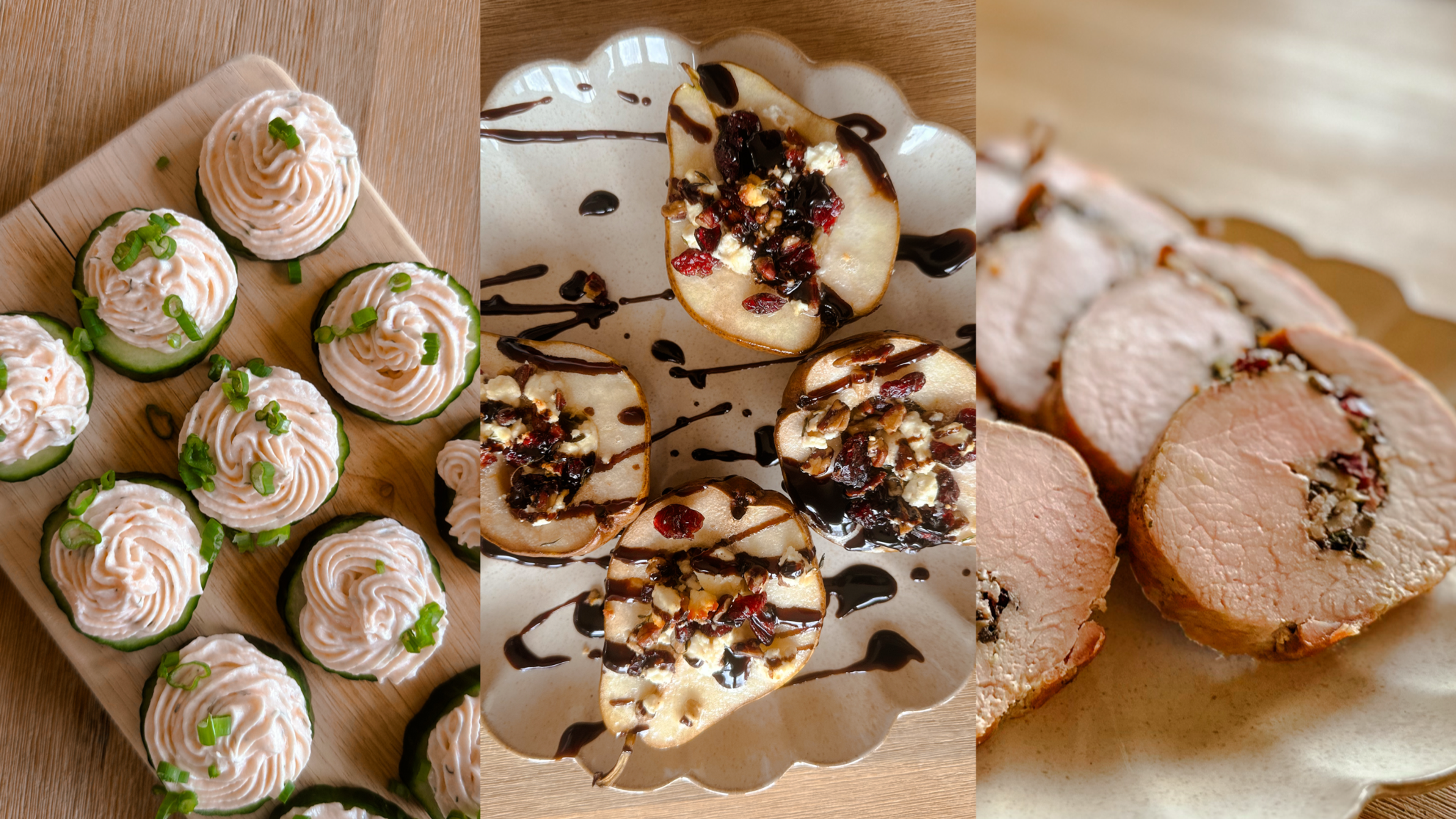What Are the Best Fruits for People with Diabetes?

Lindsay Knake
| 3 min read

If you have diabetes, you may be wary of eating fruit because of the sugar content.
Carbohydrates in fruit are essential macronutrients everyone needs for healthy brain red blood cell function. Fruits are high in nutrients, minerals, antioxidants and fiber necessary for overall health. People with diabetes should include fruit as part of a healthy diet while keeping an eye on fruits with particularly high sugar content.
Learn more about which fruits to eat regularly and which to eat in moderation.
What are the best fruits for people with diabetes?
Diabetes is a chronic condition that affects how your body processes food into energy.
Carbohydrates break down into blood sugar or blood glucose during the digestion process. The body then produces insulin, a hormone that regulates blood glucose levels. When a person has diabetes, their body produces too little or no insulin, which leads to unregulated blood sugar. People with diabetes need to manage the condition through medication, diet and lifestyle choices to maintain healthy insulin levels.
Unregulated blood sugar can lead to complications such as heart disease, kidney disease, nerve damage and eye damage, according to the Cleveland Clinic.
People with diabetes can choose their fruit carefully to get the benefits while keeping their sugar intake at healthy levels. Look for fresh and frozen fruit that is low on the glycemic index. The glycemic index is a measure of foods that contain carbohydrates and how fast they raise blood sugar, according to the Cleveland Clinic. These foods are measured on a scale of zero to 100; foods with a low glycemic index are 55 or less.
Low glycemic fruits include:
- Apples
- Apricots
- Avocados
- Blueberries
- Cherries
- Figs
- Grapefruit
- Grapes
- Kiwi
- Nectarines
- Oranges
- Peaches
- Pears
- Pomegranates
- Raspberries
- Strawberries
U.S. Dietary Guidelines recommend five servings of fruits and vegetables daily. People with diabetes could tip toward more vegetables than fruits and space their fruit servings throughout the day to maintain healthy blood sugar levels.
Foods to eat in moderation
Foods with a high glycemic index, or 70 or higher, are foods you should eat in moderation. Common high glycemic fruits include:
- Bananas
- Mangoes
- Pineapple
- Raisins
- Watermelon
Aim to eat processed fruit, canned fruit, fruit juice and dried fruits in moderation. Canned fruits can be packed in sugary syrup, and foods like applesauce can have added sugars. Dried fruit without added sugar can be healthy but contain a higher concentration of natural sugars. Fruit juice is high in sugar but doesn’t have the healthy fiber in whole, fresh fruit.
Choose fresh or frozen fruit without added sugar as much as you can. Limit processed fruit servings and look for unsweetened options. Keep portions of fruit juice to half a cup.
Even high-glycemic fruits contain less sugar than most common desserts. A slice of cake may have 20 to 30 grams of sugar while a serving of watermelon may have about 9 grams per cup. Swapping cookies, cake and ice cream for a serving of fruit, especially low-glycemic fruit, can help people with diabetes enjoy a treat while managing their blood sugar levels.
Talk to your primary care provider or a registered dietitian about the healthiest diet for diabetes and how to manage diabetes.
Image: Getty Images
Related:





